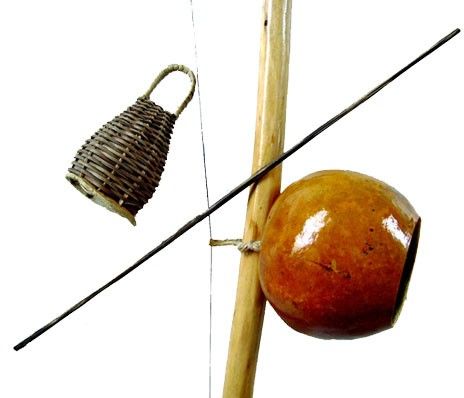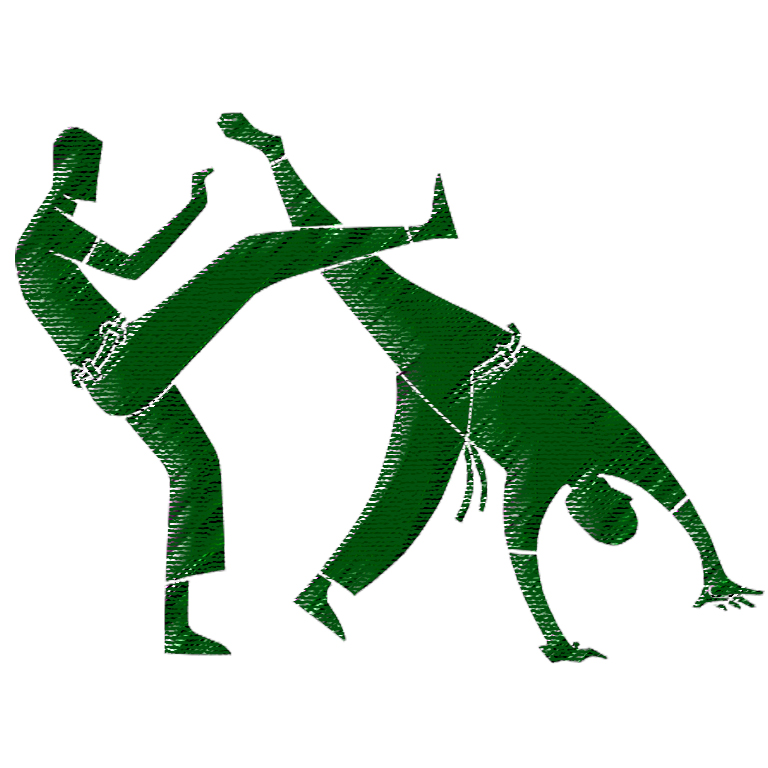THE CITY OF SALVADOR
“Salvador, Bahia, African territory
Baiano me, it’s you, we are
A voice, a drum
Oxente like, you’re seeing a we is northeast?
Fever goat
Get out batucador
Who was your teacher?
Capoeira ”
(Music: Well Root | Saulo Fernandes)
Framed by the Bay of All Saints and beaches of outstanding natural beauty, Salvador, cultural patrimony of humanity, preserves an architectural complex that is a piece of living history of Brazil, that was the first capital.
Salvador, the capital of Bahia and Brazil until 1763, is located in the Reconcavo Baiano, the bayside of All Saints, which opens to the Atlantic Ocean. Famous for “have summer all year,” the annual temperature average is 24 C, which does not free of rainy periods in the months of autumn-winter.
HISTORY
Salvador was founded by the first governor-general of Brazil, Tomé de Sousa, in 1549, by order of John III, who decided to install there the colony the seat of government in order to promote their development and coordinate the defense against Indians and pirates . In the sixteenth century, Salvador was limited to the area today between the Pelourinho and the Castro Alves square.
In 1624 was attacked by the Dutch, who capitulated the following year; in 1627 was new attack of the Dutch, and in 1638 the Count Maurice of Nassau arrived with troops assigned to the city assault. The forces of the last Dutch attacker were expelled in 1654. In the eighteenth century the city became the scene of many movements for national independence; there were armed uprisings, which were suffocated by the imperial forces.
Until the mid-eighteenth century, with the expansion of sugarcane plantations, Salvador experienced strong growth spurt, with construction of palaces and manor houses, convents and churches that expanded the boundaries of the city towards the hills: to the north, the convent Carmel and St. Anthony’s Chapel; to the south, the convent of St. Benedict; and west, the Exile.
In 1763 the capital of Brazil was moved to Rio de Janeiro and began a gradual decrease phase of the Savior growth rate. Until the nineteenth century, the Bahian city was limited to the east by Tororo Dam, built during the Dutch occupation, to the south by Fort San Pedro and north by strong Barbalho. In the late nineteenth century, the pace of growth has resumed and accelerated in the second half of the twentieth century, thanks mainly to oil exploration – with the installation of refinery Mataripe and other units of Petrobras – and the Center deployment Aratu Industrial. The supply of jobs, as well as the training of skilled labor and the exchange of wealth widened. Since then, the city consolidated its regional metropolis functions and grew toward the beaches and hills.
LANDMARKS
Salvador is a city that delights. Whether the beautiful beaches or for its gastronomy as particular, the fact is that the city can leave the passionate visitors.
Salvador Beaches: The edge of the city has more than 50km of beaches. The beach of the Farol da Barra to Flamengo Beach, Salvador has beautiful scenery with beaches to suit all tastes, from the most popular to the most quiet. For those who want to see the hustle tip is the beach of Barra Lighthouse, which brings together one of the most beautiful postcards of Salvador and still attracts every tourist. Already the beach Piata with its calm and beautiful coconut water is perfect for bathing and enjoy the beautiful scenery. The list also includes the beaches of Amarnath and Frame, ideal for sports such as surfing. Not to mention the poetic beach Itapuã, immortalized by Vinicius de Morais and the bohemian beach of the Red River that brings together many bars.
Pelourinho – Historic City Center: This is undoubtedly one of the most precious treasures of the city: Pelourinho. The historic center of Salvador has a rich historical collection one of the largest architectural ensembles in the country, becoming a must Salvador. The cobblestone streets bring the Bahian culture with all its art forms, music, capoeira, several restaurants with tasty Bahian food and many shops selling typical products.
The Strong History: In the historic center, Salvador has other attractions that help tell the story of the city: the Strong. Barra is the Forte de Santo Antonio da Barra, which is also the Nautical Museum. At the same point are still the Forts of Santa Maria and San Diego. The Fort of San Pedro, located near the Campo Grande and the Sete de Setembro Avenue and even the Monte Serrat Fort, situated in Itapagipe Peninsula.
Churches: A people with such faith and religion as could not fail to have as attractions their churches. In Salvador there is a kind of “popular saying” that says the city has a church for every day of the year. True or not, Salvador has many churches and among the best known and most visited is the Senhor do Bonfim church that hosts one of the most popular traditional parties in Salvador and the Church of San Francisco, located in the Pelourinho with its coated gold inside .
In addition to these attractions, savior reserve many other surprises to visitors: The Abaete Park with its 12 square kilometers and the Abaeté Lagoon; Lesser Town with its old houses; the famous Lacerda Elevator – postcard of the city – that leads to the Lower City; the Farol da Barra, the Mercado Modelo with its many craft shops and many other attractions.






